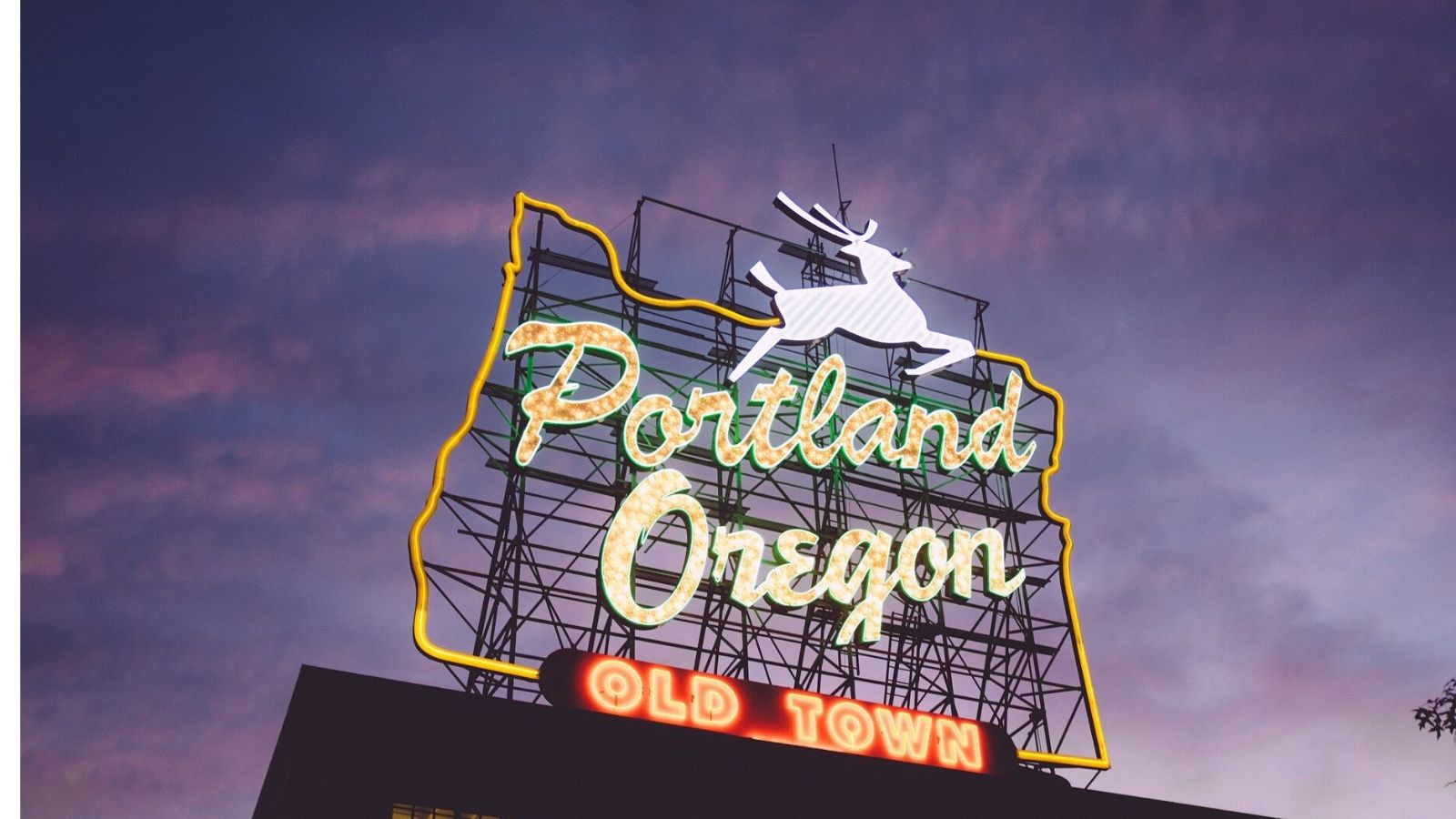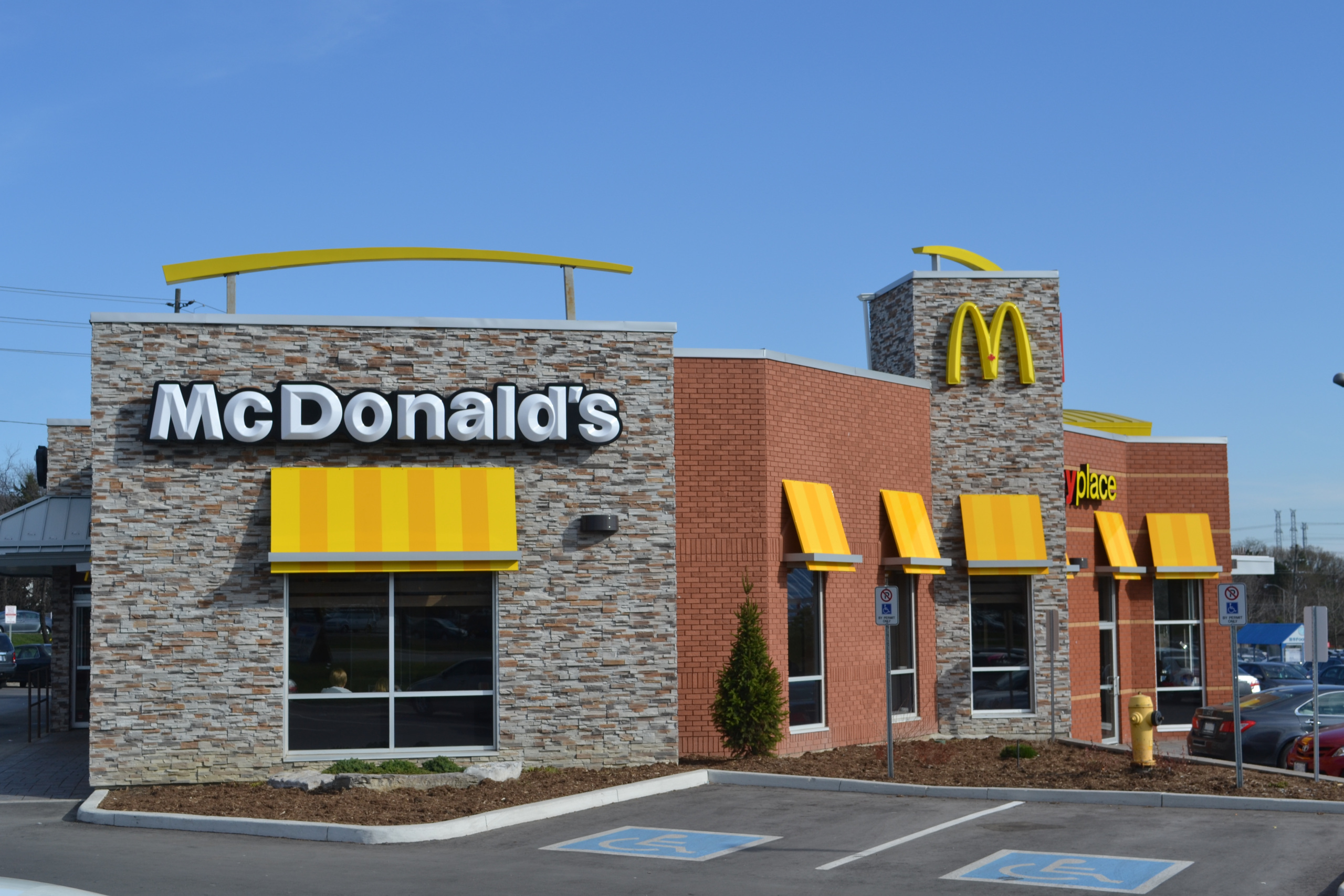COVID cases are rising faster than ever in Oregon – It’s time to pump the brakes on reopening
4 weeks after Oregon counties began to reopen, confirmed COVID-19 infections and hospitalizations are rising. The state must deny Multnomah County “Phase I” status until cases begin to fall again, and should delay any further “Phase II” approvals until ongoing outbreaks are contained.

New infections in Oregon are rising faster than ever
As we approach one month from the day some Oregon counties were given permission to begin lifting the restrictions put in place to slow the spread of the novel coronavirus and the disease it causes, COVID-19, confirmed cases in the state are rising faster than ever before. In the last four days alone, the state has reported its two highest daily increases in new infections – 146 on Sunday and 114 on Monday.
Data Source – Covid Tracking Project
The state has also begun to see an increase in current hospitalizations for COVID-like illness – a figure that the state has given particular weight in its decisions to allow counties to reopen. The only counties that have been denied approval for Phase I or Phase II at any point were Marion and Polk counties, which originally applied for Phase I reopening on May 15th in spite of recent spikes in hospitalization numbers.
Data Source – Covid Tracking Project
While some counties in Phase I and II have continued to see negligible levels of confirmed coronavirus cases, Benton, Clackamas, Hood River, Jefferson, Lincoln, Marion, Umatilla, Wasco, Washington, and Yamhill Counties have all seen upward trends in new cases since entering “Phase I” of reopening.
Data Source – USA Facts Coronavirus Live Map
It’s important to note that the metrics we use to evaluate the spread of coronavirus in a population lag behind the actual rate of infections. In a recent paper projecting the effect of reopening the states on the spread of COVID-19, researchers at Columbia University noted that “the lag between infection acquisition and case confirmation, coupled with insufficient broader testing and contact tracing, will mask any rebound and exponential growth of the COVID-19 until it is well underway.”
The state should delay moving Multnomah County to Phase I until cases begin to fall again
Given the lag between the actual spread of infection and confirmation of new cases, it would be irresponsible for the state to approve any more Oregon counties for “Phase I” or “Phase II” of reopening until we have a better idea of what the rising numbers this week mean. The Oregon Health Authority’s most recently released epidemiological modeling suggests that the state had around 20,000 cumulative infections by May 22nd, of which only 4,000 were diagnosed.
Data Source – USA Facts Coronavirus Live Map
Multnomah County is the only county that has not entered “Phase I,” but cases there have been rising over the last two weeks. The Oregon Health Authority monitors six public health indicators at a county level to determine whether an area is ready to reopen safely. On June 4th, the last date that public information on these metrics was released, Multnomah County was failing three of six indicators. The upward trend in cases in Oregon’s most populous county last week was attributed to “sporadic sources” by OHA .
Source – OHA Data released on June 4
Unfortunately, the state only updates its public health indicators dashboard once a week, on Thursdays. In the case of Multnomah County, which put in its application to reopen on June 6th, with a target reopening date of Friday, June 12th, this leaves less than 24 hours for third parties to evaluate the state’s decision before it moves forward.
It’s possible that the increasing numbers are, as OHA has suggested, merely indicative of the significant improvements the state has made in testing and contact tracing capacity over the last 2 months. However, it would be deeply irresponsible for the state to continue moving forward without taking the time to evaluate the worrisome trends we’ve seen this week. Multnomah County should not be approved for Phase I until cases begin to fall again.
So far, Oregon has not suffered a significant outbreak of COVID-19. Our case numbers relative to our population remain low – but that’s largely because we took aggressive measures in March and April to contain the spread. We have a chance to reopen safely – but doing so depends on sticking with Governor Brown’s original plan, and standing by the science that supports it.
Implementation of Oregon’s reopening plan still has room to improve transparency
The state has taken some positive steps forward on transparency by launching additional data dashboards and reporting on significant workplace outbreaks. However, there are still areas where the state is falling short. OSPIRG recommends that the state take the following actions to improve implementation of Governor Brown’s “Building a Safe and Strong Oregon” framework:
-
Delay Multnomah County’s “Phase I” reopening to allow for independent analysis of state data, third-party input on new decisions, and thorough evaluation of current trends. Multnomah County should not be given “Phase I” approval until cases begin to fall again.
-
Delay any further “Phase II” approvals for at least one week to allow for independent analysis of state data, third-party input on new decisions, and thorough evaluation of current trends.
-
Release county-level hospitalization numbers for COVID-like illness daily.
-
Update public data related to the 6 Public Health Metrics tracked by OHA every weekday, or at minimum, at least two days in advance of issuing any new “Phase I” or “Phase II” approvals to allow time for independent analysis and input.
OSPIRG spoke out early in support of Governor Brown’s “Reopen Oregon” plan. However, our support was made with the expectation that the state would stand by the metrics it has chosen to evaluate the progress of the pandemic in Oregon – and be prepared to immediately reimpose restrictions when new outbreaks have been detected.
Over the last week, data from Oregon suggests we are seeing uncontrolled community spread. It’s time to pump the brakes, until we have a better idea of the situation.
Topics
Authors
Numi Lee Griffith
Find Out More

With $1,400 payments on the way, here’s what to do, and not do

PFAS Free & I’m Lovin’ It

COVID-19 vaccines, tests and treatments are peddled in new scams
